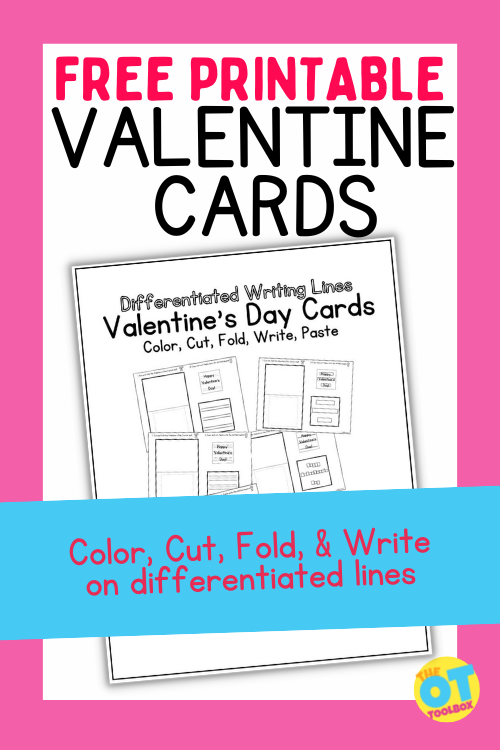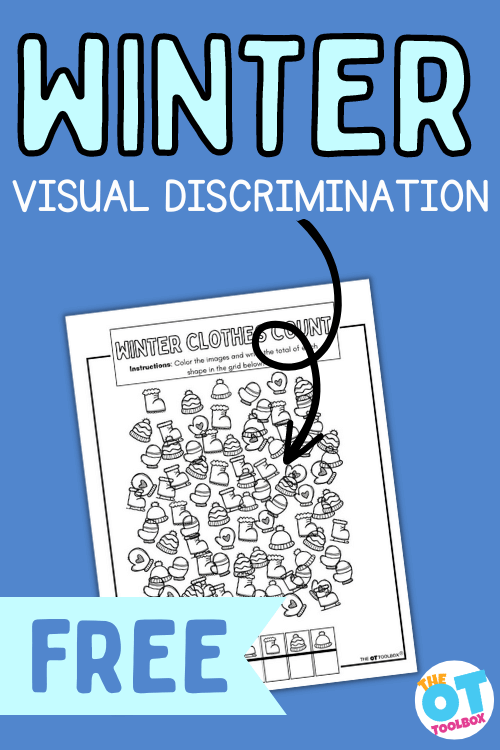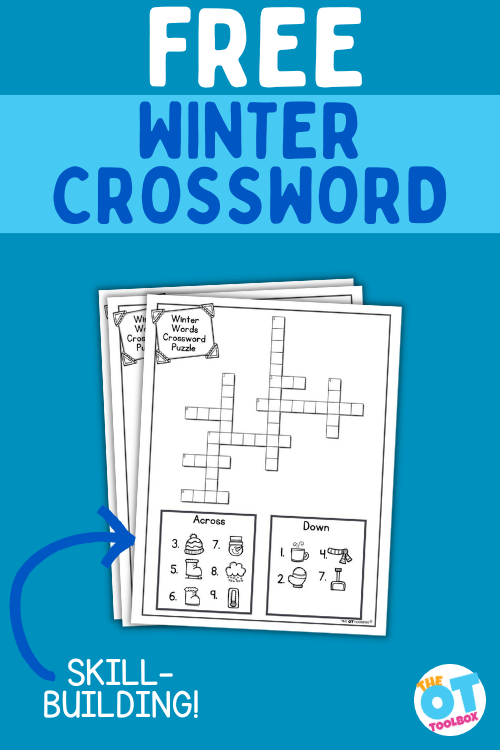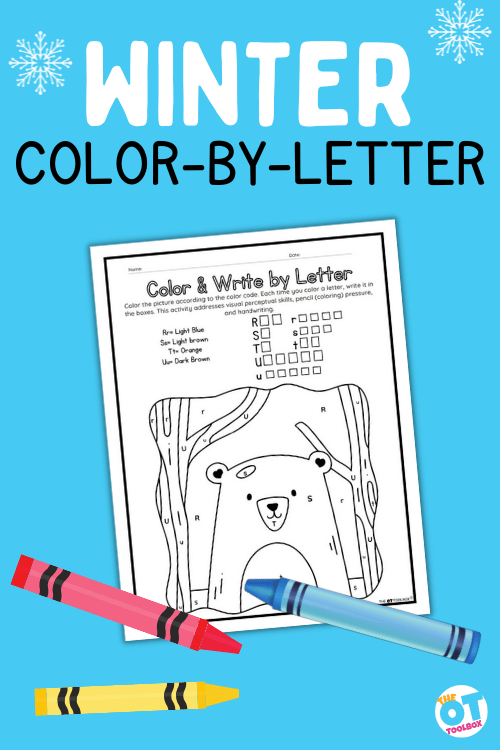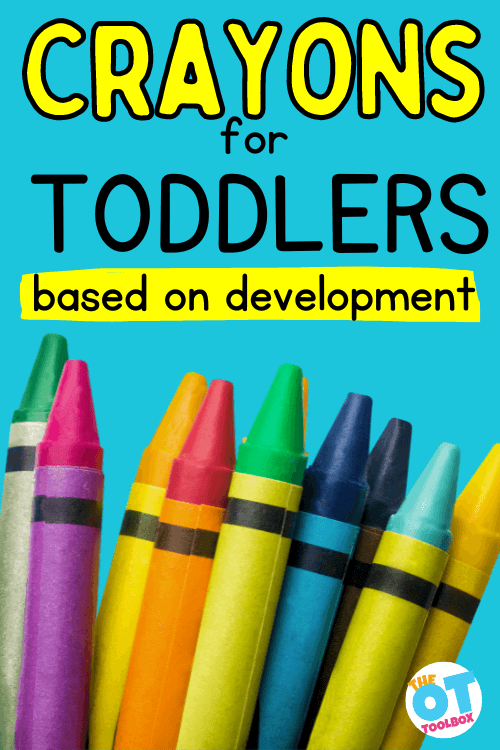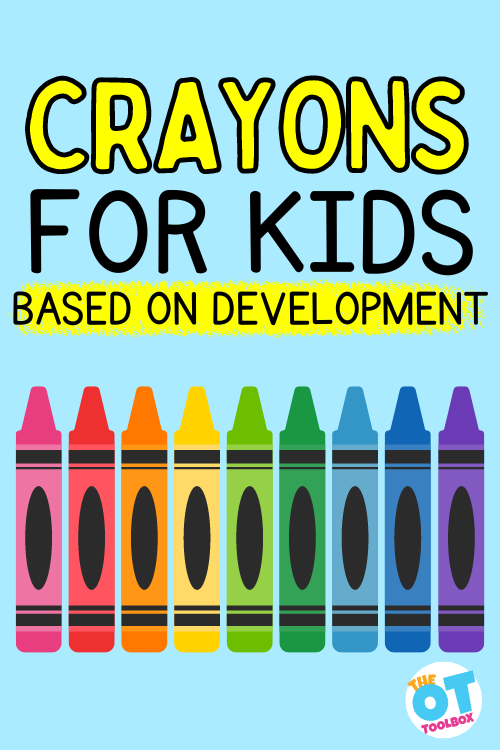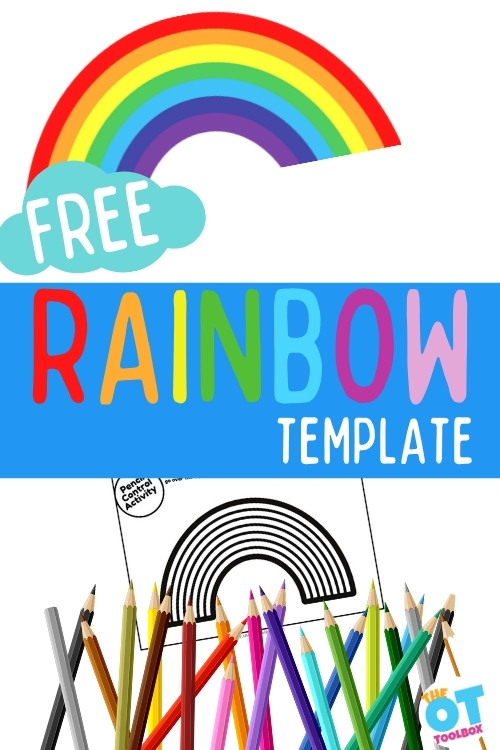In celebration of Occupational Therapy Month, we’ve got a series of free OT PDFs and these occupational therapy coloring pages will get you started with the OT fun. April is Occupational Therapy Month! Not only is it a month to celebrate the occupational therapists in your life, but to advocate for our profession. Raise your hand if you have been asked, “what the heck is occupational therapy?” This question comes from adults as much as children. This spring, in celebration of OT month, the OT Toolbox will be offering a series of resources to help educate young learners about the role of occupational therapy. These therapy coloring pages will make advocating for the profession fun AND engaging as users build motor skills!
You’ll also love our President’s Day coloring pages that are great for all US holiday themes.
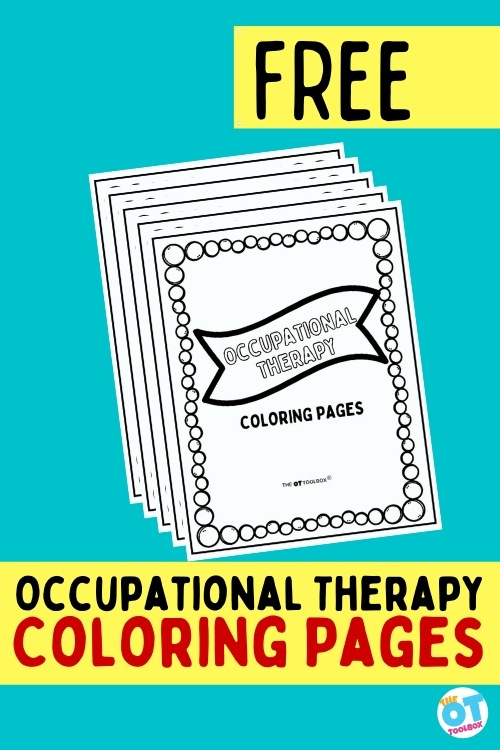
Today’s resource is occupational therapy coloring pages to start the journey towards advocacy and education.
Therapy Coloring Pages
We wanted to create a set of therapy coloring pages that are as useful as a therapy coloring tool as they are useful for advocating for the profession of occupational therapy. OT professionals know the value of an engaging activity on developing and refining skills in their clients, and these therapy coloring pages do just that! Each therapy coloring sheet includes images of OT equipment which users can color while also learning about the value of OT in supporting client needs.
A therapeutic coloring page is a tool for therapy providers to use with clients because the OT practitioner can target goal areas such as:
- Fine Motor Skills
- Hand Strength
- Visual Motor Skills
- Eye-Hand Coordination
- Force Modulation (color this item light red and this other therapy picture dark red)
- More!
Then, when the therapy coloring sheet is completed, the pictures are great to hang on a bulletin board, door, or hallway and advocate for the powerful nature of occupational therapy!
It is important for people to know who we are and what we do, so they can ask for help when needed, and see that what we do matters. A persons’ occupation is their job. Also known as functional skills, occupations are the day to day tasks we do all day long. Occupations go beyond the workplace.
A child’s occupation is to learn to care for themselves, go to school, play, and develop social skills. An adult’s occupation entails self care skills, social function, caring for others, instrumental activities of daily living (cooking, cleaning, laundry, fixing the car, etc.) along with any work functions they have.
Occupational therapy (OT) helps bridge the gap between where the learner currently is functioning, and independence. For children we might say we bridge the gap between functional and chronological age.
OT might be restorative, or teach new skills. OTs can be found in schools, hospitals, clinics, rehabilitation centers, daycares, home therapy and many other places.
Add these occupational therapy coloring pages to your OT month awareness packet!
Occupational Therapy Coloring Pages
OTs use some fun toys!
Younger learners, especially in schools, have seen many tools therapists use to help their students. These range from fidgets, swings, trampolines, alternative seating, slant boards, pencil grips, and more.
Some often wonder why our learner gets to play with the OT, and get fidget toys to use in class.
Using these occupational therapy coloring pages will help start the conversation about what these tools are, and how they are used. Share these OT coloring pages both with the learners on your caseload, as well as the other students in the school.
While it is true we use some fun toys in therapy, these are tools for the learners who need them. Occupational Therapy for young learners is play based.
This is because the role of the young learner is to play. You will notice that the learner who NEEDS the fidget or other adaptations will use it appropriately as a tool to help them get organized, while the neurotypical student tends to use it as a toy.
Use these occupational therapy coloring pages to talk about what each piece of therapy equipment does for the learner.
Beyond educating others about our amazing profession, great skills are being addressed with these coloring worksheets:
- Hand strength and dexterity – coloring inside the lines builds hand muscles and develops muscle control.
- Visual motor skills –Combining what is seen visually and what is written motorically. It takes coordination to be able to translate information from visual input to motor output. Coloring, drawing, counting, cutting, and tracing are some visual motor skills.
- Visual Perception – Developing figure ground to see where one item starts and finishes, scanning to find all items to color, and recognizing the border lines while coloring.
- Proprioception – pressure on paper, grip on pencil
- Social/Executive Function – Following directions, turn taking, task completion, orienting to details, neatness, multi-tasking, attending to task, and impulse control can be addressed using these occupational therapy coloring pages PDF.
- Fine motor strengthening, hand development, and grasping pattern
- Bilateral coordination – remembering to use their “helper hand” to hold the paper while writing. Using one hand for a dominant hand instead of switching back and forth is encouraged once a child is in grade school or demonstrates a significant strength in one or the other.
- Strength – core strength, shoulder and wrist stability, head control, balance, and hand strength are all needed for upright sitting posture and writing tasks.
April is also Disability Awareness month. This is a great opportunity to talk about different disabilities, while addressing the tools used to help people. How can you incorporate both of these important awareness months into a teachable moment?
While pediatric occupational therapists do have a lot of fun at our jobs, we are also providing an amazing service to the people we work with. Advocacy for our profession is so important.
With the push to integrate young people with special needs into the mainstream classroom, teachers are finding it more difficult to educate everyone at the same time. Our role as an occupational therapist is to help learners become more independent, provide tools and suggestions to classroom teachers to make their job easier, and help them identify which learners might be struggling.
The OT Toolbox is full of amazing resources for therapists, teachers, parents, and learners of all ages. This post shares what occupational therapy is all about and what tools are needed to make life easier. Stay tuned for more occupational therapy month activities during April.
Free OT Coloring Pages
Want to add these resources to your occupational therapy toolbox? Enter your email address below to grab these printable PDF coloring sheets. These materials are also available in the OT Toolbox Member’s Club!
Level one members will have the opportunity to sign up for and download five different occupational therapy month activities. Level two members will have access to all of these plus the larger collection of OT themed materials.
Want to add this resource to your therapy toolbox so you can help kids thrive? Enter your email into the form below to access this printable tool.
This resource is just one of the many tools available in The OT Toolbox Member’s Club. Each month, members get instant access to downloadable activities, handouts, worksheets, and printable tools to support development. Members can log into their dashboard and access all of our free downloads in one place. Plus, you’ll find exclusive materials and premium level materials.
Level 1 members gain instant access to all of the downloads available on the site, without enter your email each time PLUS exclusive new resources each month.
Level 2 members get access to all of our downloads, exclusive new resources each month, PLUS additional, premium content each month: therapy kits, screening tools, games, therapy packets, and much more. AND, level 2 members get ad-free content across the entire OT Toolbox website.
Join the Member’s Club today!

Victoria Wood, OTR/L is a contributor to The OT Toolbox and has been providing Occupational Therapy treatment in pediatrics for more than 25 years. She has practiced in hospital settings (inpatient, outpatient, NICU, PICU), school systems, and outpatient clinics in several states. She has treated hundreds of children with various sensory processing dysfunction in the areas of behavior, gross/fine motor skills, social skills and self-care. Ms. Wood has also been a featured speaker at seminars, webinars, and school staff development training. She is the author of Seeing your Home and Community with Sensory Eyes.
NOTE*The term, “learner” is used throughout this post for readability and inclusion. This information is relevant for students, patients, clients, preschoolers, kids/children of all ages and stages or whomever could benefit from these resources. The term “they” is used instead of he/she to be inclusive.


NEW RESOURCE: Occupational Therapy Bundle!
The Occupational Therapy Materials Bundle includes:
- I Spy OT Dynamic Duos- School Based OT
- I Spy OT Dynamic Duos- Outpatient OT
- OT Coloring Pages
- OT Writing Prompts
- OT Copy the Words
- OT Fine Motor Copy Kit
- OT Fine Motor Game
- OT Homework Bingo
- OT Materials Toothpick Art
- OT Supplies Match It Game
- OT Supplies-What’s Missing
- OT Visual Schedule Cards
- OT Word Search
- 8 OT articles on professional development
-
How to make Sensory Bottles for Self Regulation
This blog post on how to make a sensory bottle is an old one on the website. It was originally written February 21, 2015 and we updated it April 11, 2024. All this time later, the fact is that sensory bottles continue to be a valuable self regulation and calming tool for kids to use…
Grab The Occupational Therapy Materials Bundle during OT Month to grab this 21 resource bundle for just $8!


